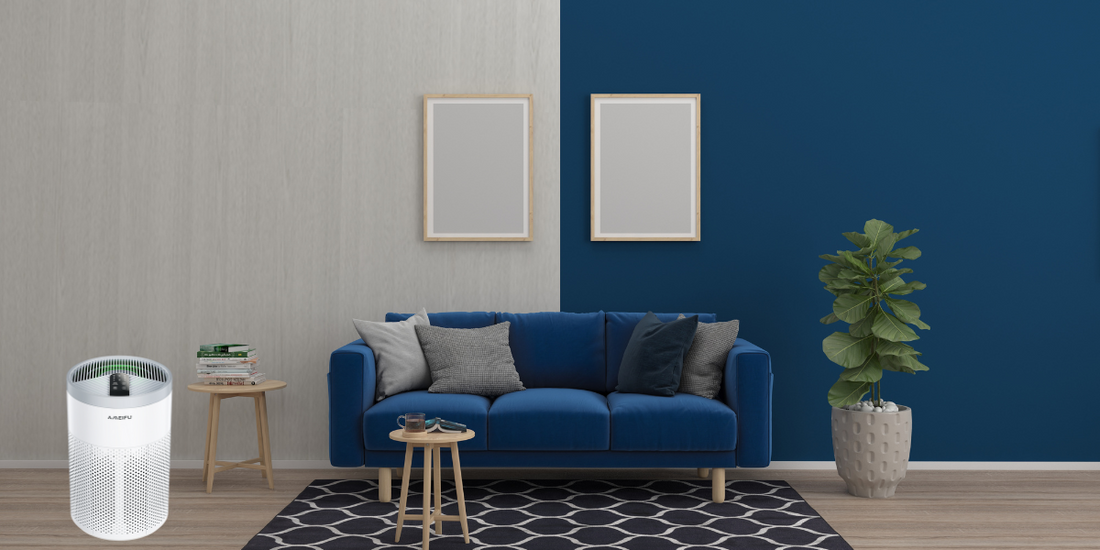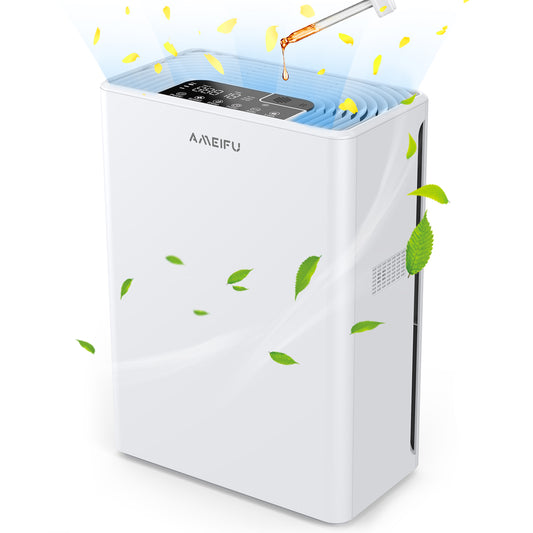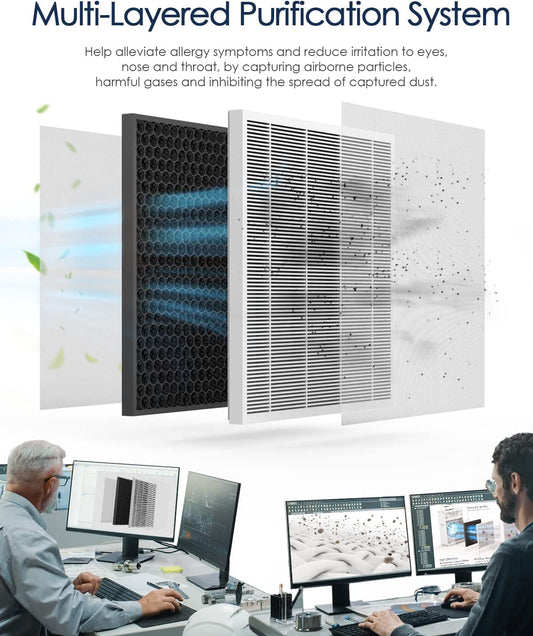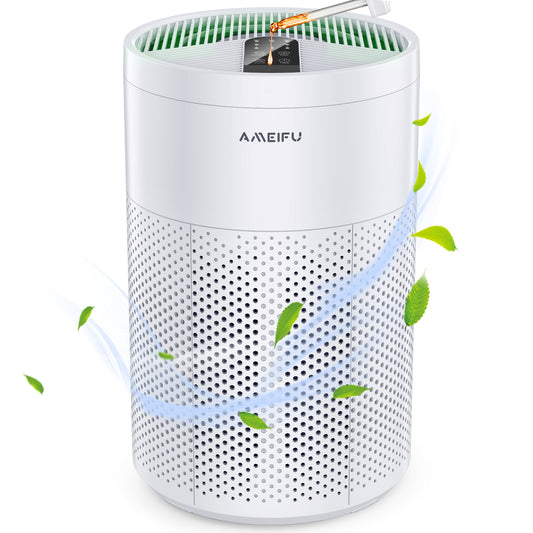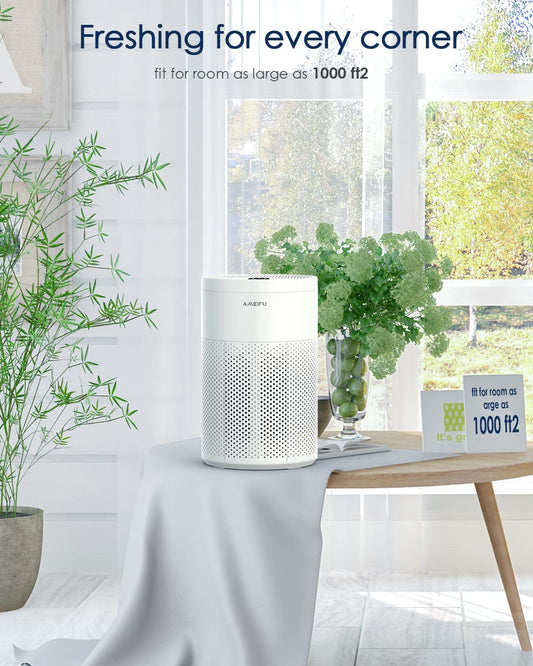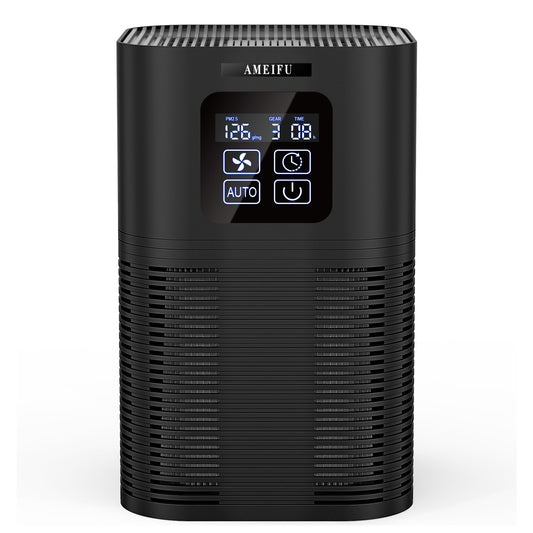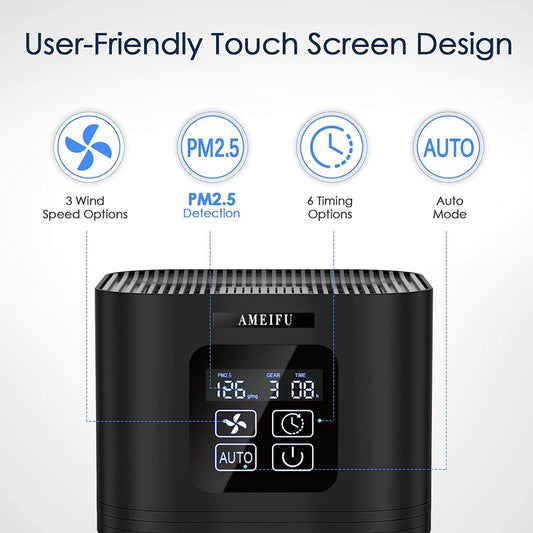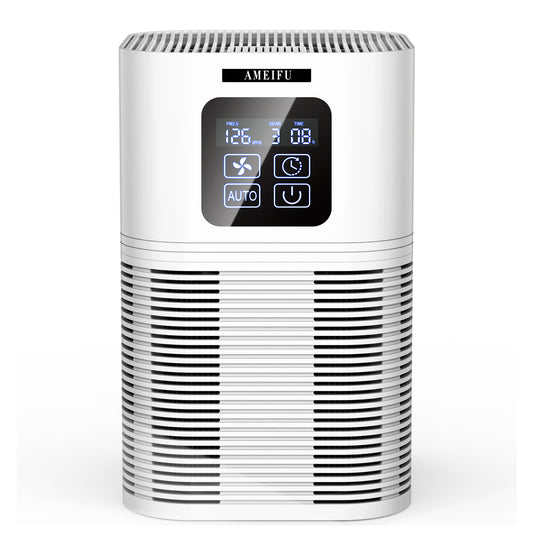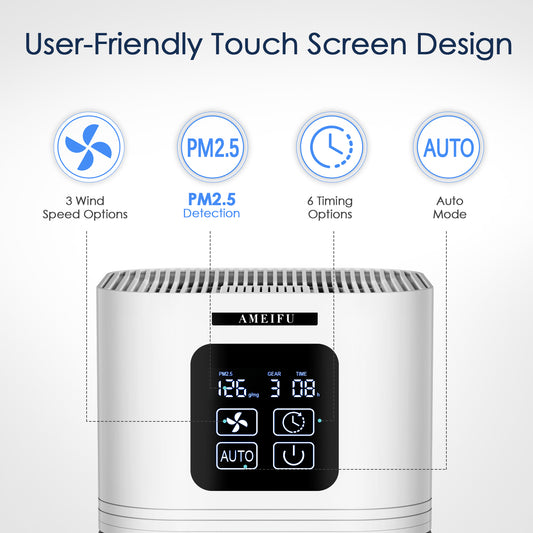As energy efficiency becomes a priority for many households, it's important to consider the energy consumption of household appliances. Air purifiers, while effective in improving indoor air quality, are among the devices that draw power continuously. Understanding the energy consumption of air purifiers can help you make informed decisions about their usage and overall energy efficiency. In this article, we will explore how much energy air purifiers consume, factors that influence their energy consumption, and ways to optimize their energy efficiency.
Factors Affecting the Energy Consumption of Air Purifiers
The energy consumption of air purifiers can vary based on several factors. Let's examine some key factors that influence the energy usage of air purifiers:
Size and Capacity
The size and capacity of an air purifier play a significant role in its energy consumption. Larger air purifiers designed to cover larger areas may consume more energy to operate compared to smaller models intended for smaller spaces. The power requirements of the air purifier's fan, motor, and filtration system increase with the size and coverage area of the device.
Fan Speed Settings
Air purifiers usually have multiple fan speed settings to adjust the airflow and purification intensity. Higher fan speed settings generally consume more energy due to the increased power needed to circulate and filter the air more rapidly. Lower fan speed settings, on the other hand, may consume less energy but might provide a lower level of air purification.
Duration of Use
The duration for which the air purifier is in operation affects its overall energy consumption. Air purifiers designed to run continuously, such as those used in occupied rooms or allergy-prone environments, will consume more energy compared to those used intermittently or for shorter periods.
Features and Technologies
The presence of additional features and technologies can impact the energy consumption of air purifiers. For instance, air purifiers with built-in sensors, timers, or smart features may consume more energy due to the power required to operate these functionalities. Ionizers and additional filtration stages may also contribute to increased energy consumption.
Measuring Energy Consumption of Air Purifiers
To assess the energy consumption of air purifiers, the unit of measurement used is watts (W), which represents the amount of electrical power consumed. The wattage indicates the rate at which the device consumes energy. The energy consumption of air purifiers is typically provided by manufacturers in terms of watts or in kilowatt-hours (kWh), which represents the amount of energy consumed over time.
Optimizing Energy Efficiency of Air Purifiers
While air purifiers consume energy to operate, there are several steps you can take to optimize their energy efficiency:
Choose Energy-Efficient Models
Look for air purifiers with energy-efficient features and technologies. ENERGY STAR certified air purifiers are specifically designed to meet strict energy efficiency guidelines. These models have been tested and verified to consume less energy while maintaining effective air purification.
Select Appropriate Sizes
Choose an air purifier that is suitable for the size of the room or space you intend to purify. Oversized air purifiers may consume more energy than necessary for the given area, while undersized ones might need to operate at higher fan speeds for effective purification, resulting in increased energy consumption.
Utilize Energy-Saving Features
Take advantage of energy-saving features available in some air purifiers. These features may include programmable timers that allow you to set specific operating hours, sleep modes that adjust fan speed and power consumption during nighttime, or sensors that automatically adjust fan speed based on air quality.
Clean and Maintain Filters Regularly
Maintaining clean filters is crucial for the optimal performance and energy efficiency of air purifiers. Clogged filters can restrict airflow, causing the air purifier to work harder and consume more energy. Follow the manufacturer's guidelines for filter cleaning or replacement to ensure that the air purifier operates efficiently.
Use the Air Purifier Strategically
Consider using the air purifier strategically in areas where it is needed the most. For example, if you spend most of your time in a specific room, place the air purifier there rather than running it in unoccupied areas. This helps to concentrate the air purification efforts and minimize unnecessary energy consumption.
Combine with Natural Ventilation
Maximize the energy efficiency of your air purifier by combining it with natural ventilation. Opening windows and doors to allow fresh air to circulate can help reduce the reliance on the air purifier, especially in areas with good outdoor air quality. This can help save energy while still maintaining a clean indoor environment.
Conduct Regular Energy Assessments
Periodically assess the energy consumption of your air purifier to ensure its efficiency. Compare the energy usage with the manufacturer's specifications or similar models to determine if it is consuming excessive energy. If you notice a significant increase in energy consumption, it may be a sign that the air purifier requires maintenance or filter replacement.
Conclusion
Air purifiers play a vital role in improving indoor air quality, but it's important to consider their energy consumption for overall energy efficiency. Factors such as the size and capacity of the air purifier, fan speed settings, duration of use, and additional features influence its energy consumption. By selecting energy-efficient models, choosing appropriate sizes, utilizing energy-saving features, maintaining filters, using the air purifier strategically, and combining it with natural ventilation, you can optimize the energy efficiency of your air purifier. Balancing effective air purification with energy consumption will help create a healthier indoor environment while minimizing energy waste.

